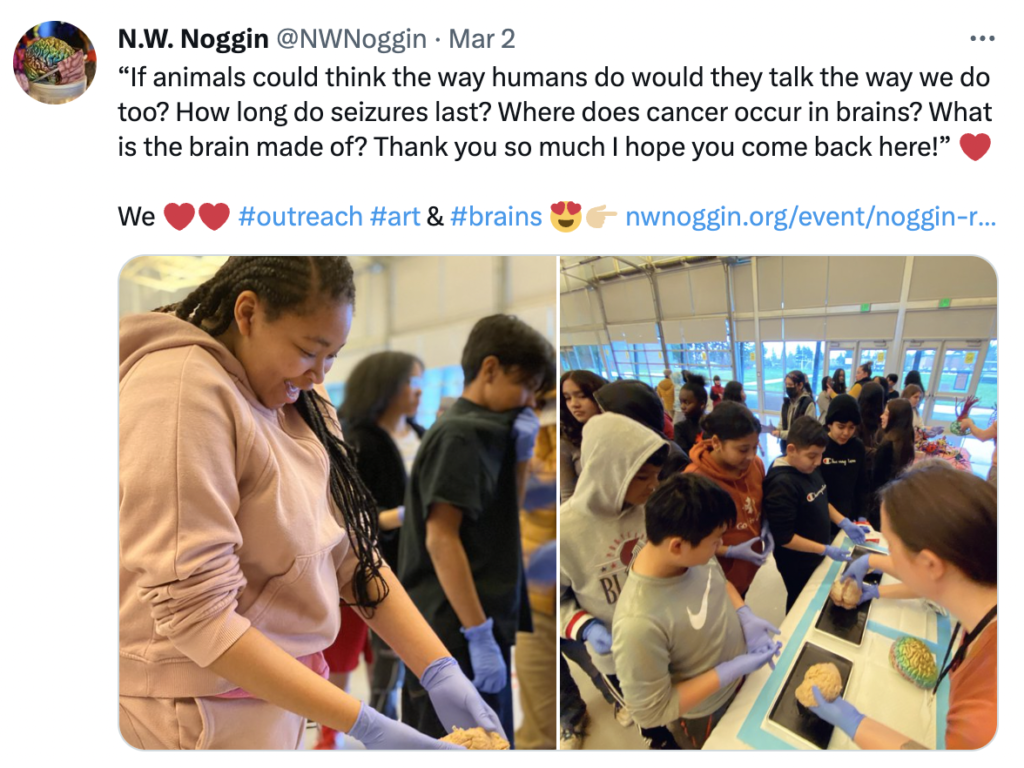Post by Asha Powell-Stormberg, undergraduate in Science pursuing an Interdisciplinary Neuroscience minor at Portland State University. Asha is a welcome and regular contributor to outreach visits through Northwest Noggin.
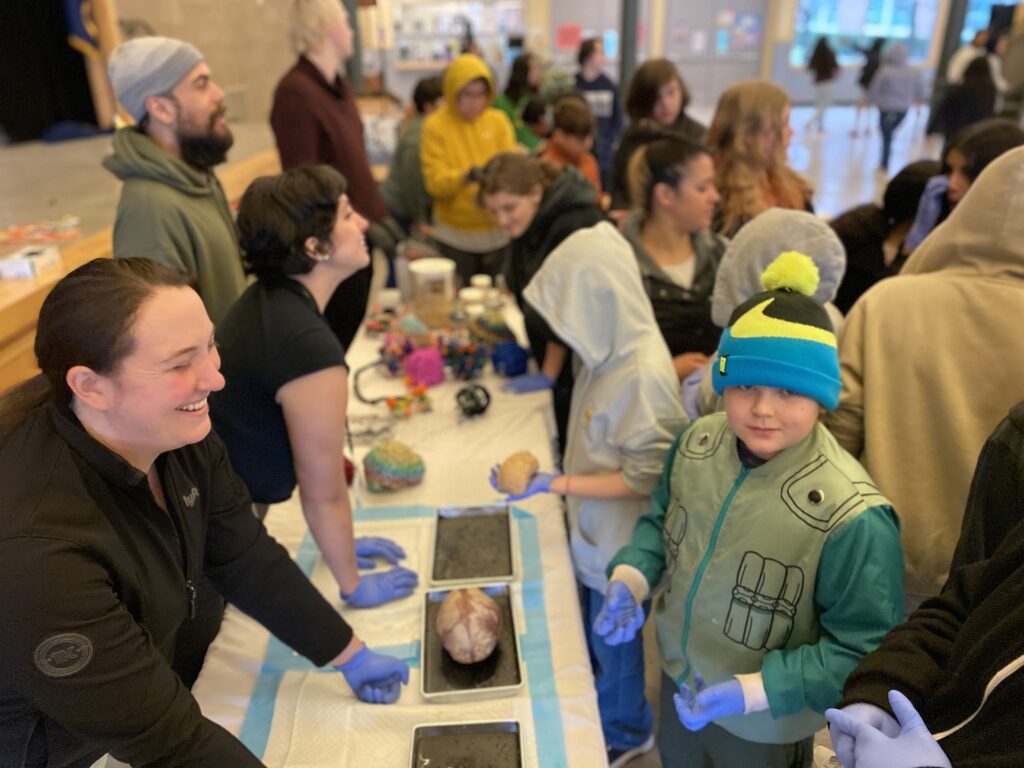
Noggin @ Ron Russell Middle School
I recently joined my fellow Noggin volunteers at Ron Russell Middle School in the David Douglas Public School District for a morning of insightful questions, noggin wrangling and art! We were a large crew, which included several fellow undergraduates from Portland State University: Jadyn Harris, Justin Benner, Annik Hokanson, Saphya R. Lones, Mina Sattari, Julian Rodriguez and Allonte Barakat.
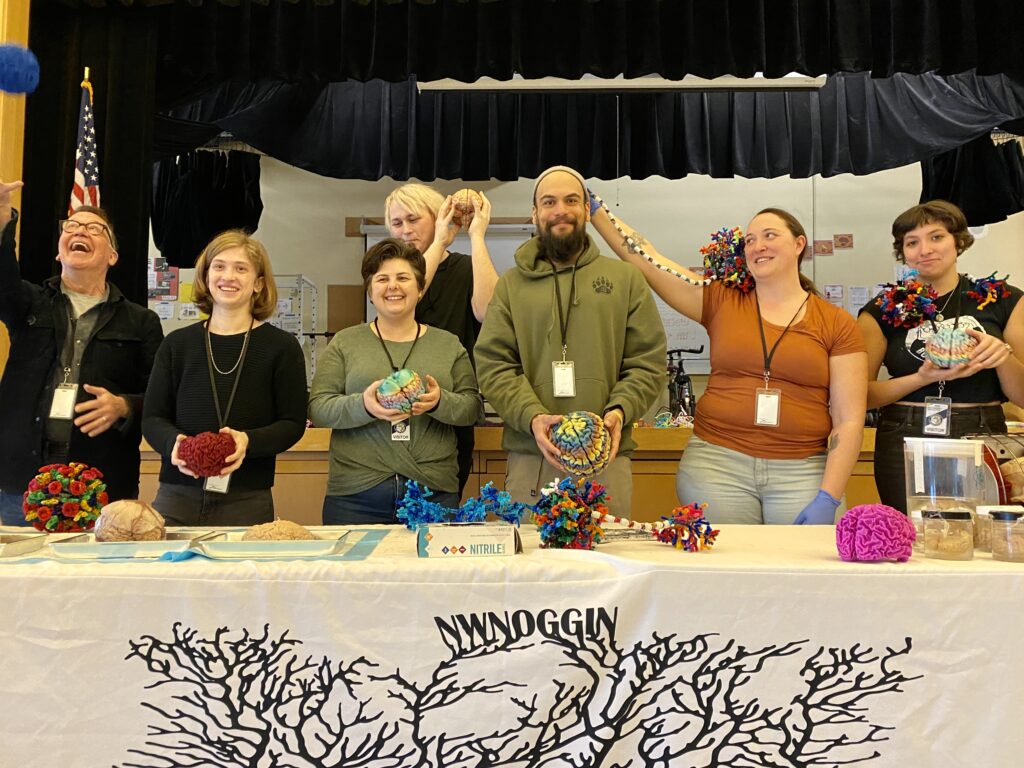
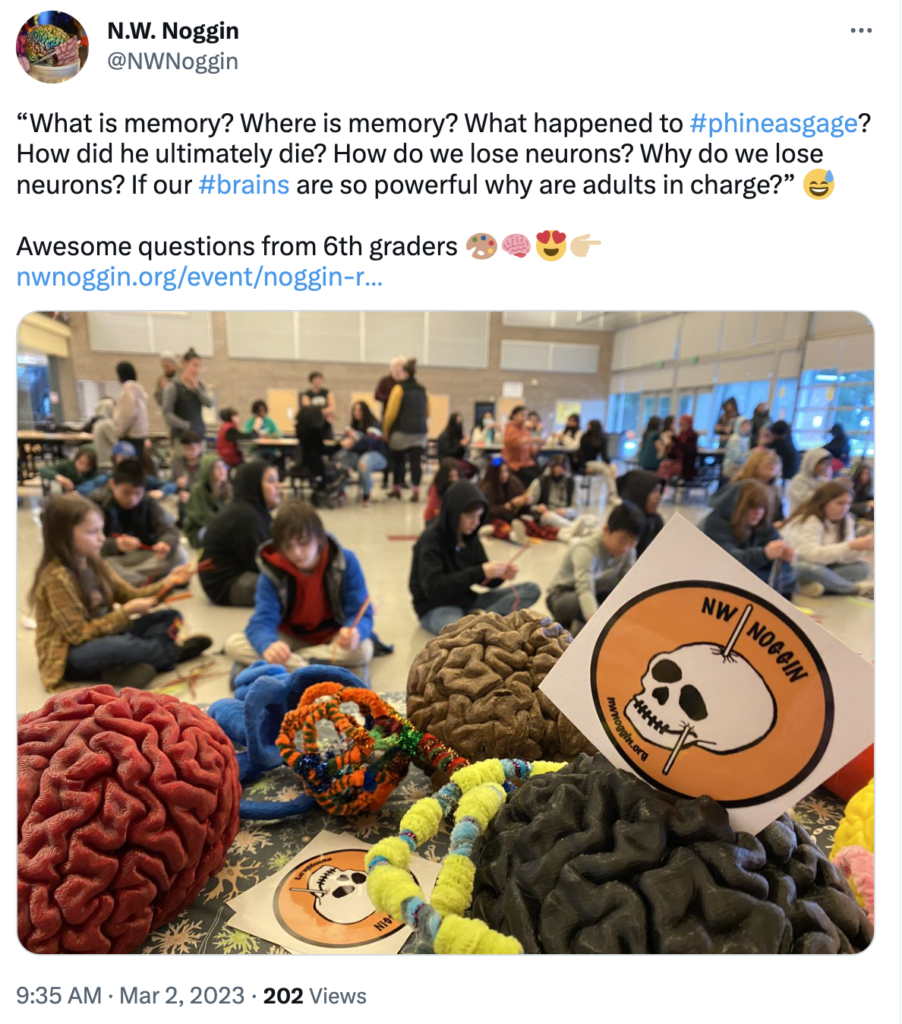
Question: How do we remember things?
Our memories are stored in many areas of the brain. And there are several forms of memory!

We certainly remember stuff that happened (this is called episodic, or explicit, or declarative memory) – but also how to do things (that is, our skills and habits, known as procedural or implicit memory, or “use the force” memory :)) and how we feel about things too (emotional memory).
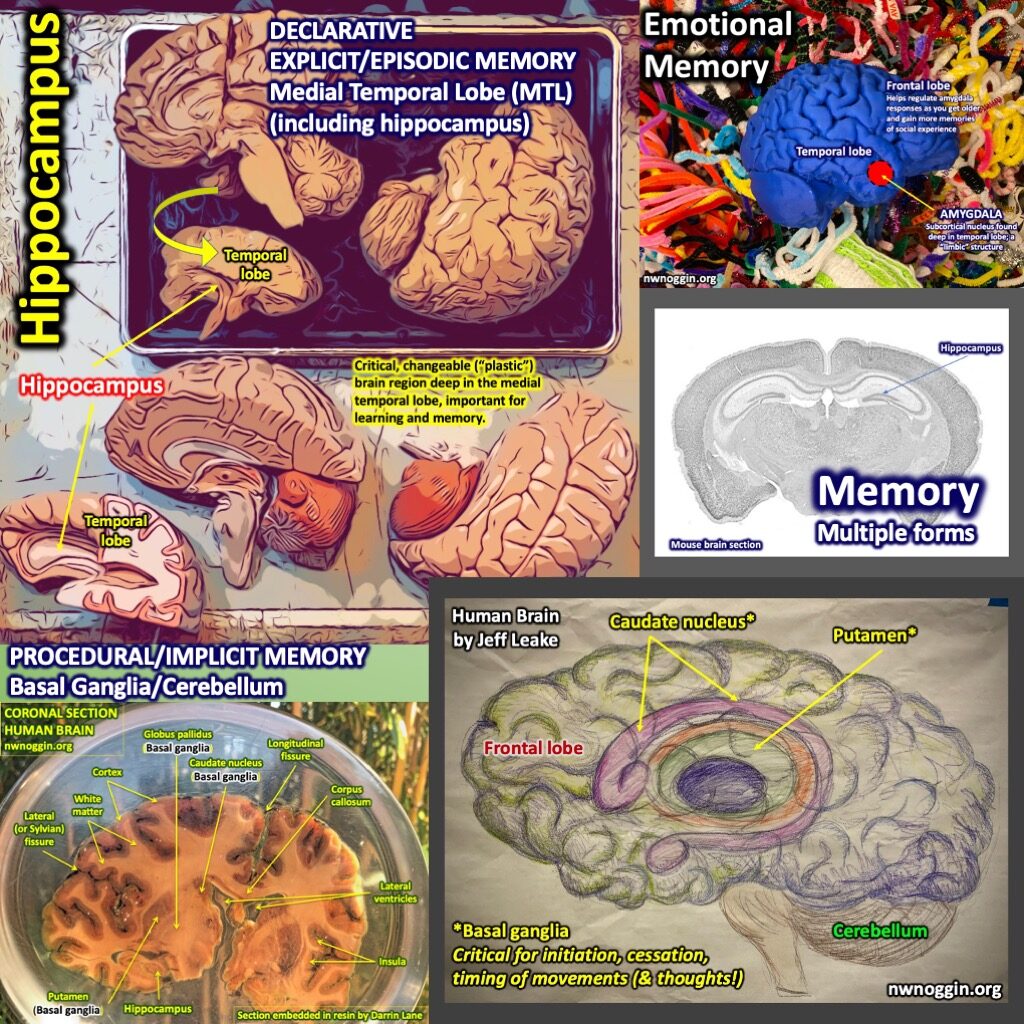
These areas include the hippocampus, amygdala, basal ganglia, cerebellum, and cortex.
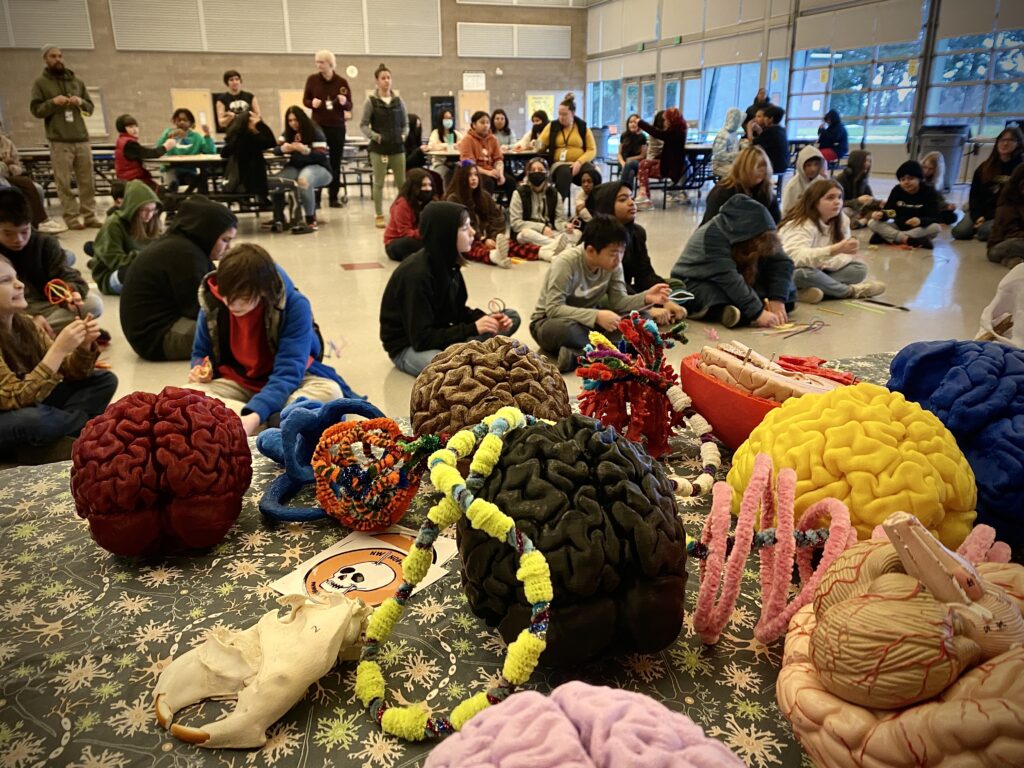
And in order for our brain to store new information, the connections between brain cells (known as synapses) must actually be made, lost and changed. Synaptic connections are altered by a combination of long term potentiation (LTP, the strengthening of a synaptic connection), long term depression (LTD, the reduction of synaptic connection strength), and sometimes apoptosis (the death of neurons!).
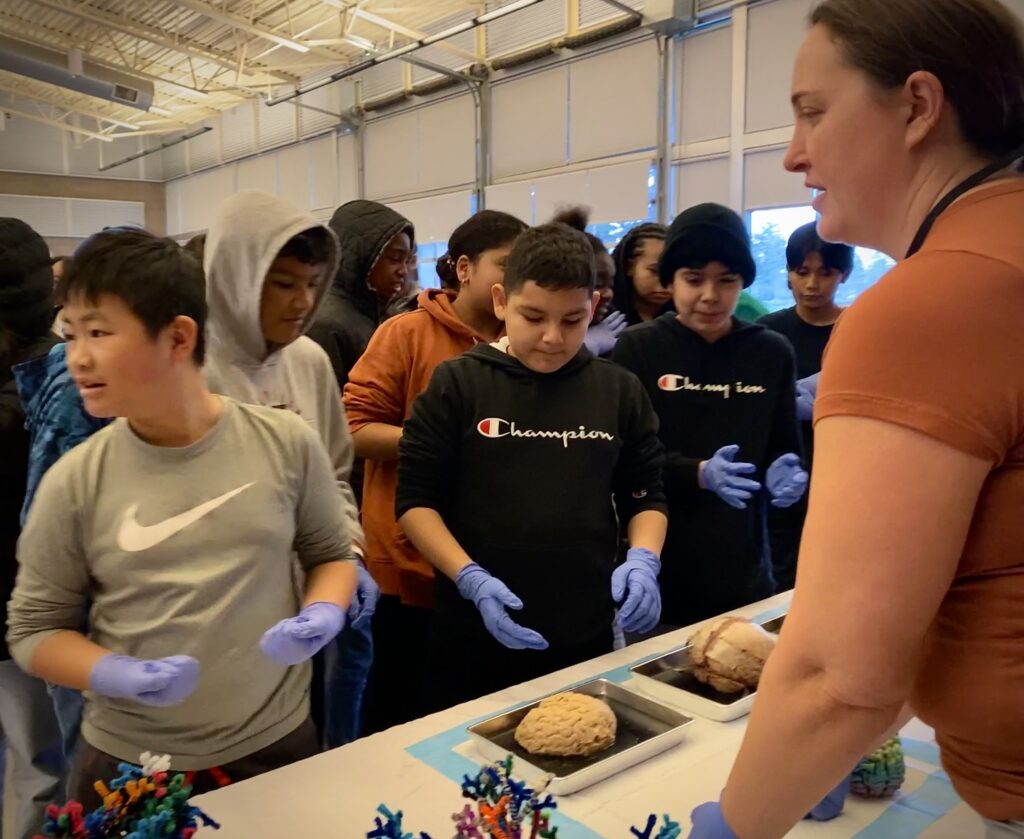
LEARN MORE: Is memory physical?
LEARN MORE: Long-term potentiation and learning
LEARN MORE: The Intriguing Contribution of Hippocampal Long-Term Depression to Spatial Learning and Long-Term Memory
LEARN MORE: Long-Term Potentiation and Depression as Putative Mechanisms for Memory Formation
LEARN MORE: Engineering a memory with LTD and LTP
LEARN MORE: LTP in La Grande
LEARN MORE: Death of developing neurons: New insights and implications for connectivity
Neurons in the brain change connections when we are learning new things!


Connections can be formed throughout life, but the brain is much more plastic (changeable) in younger humans. Did you know that when we are born we have around 200 billion neurons? But as we get older we lose many of these and the average adult brain only has about 86 billion neurons left.
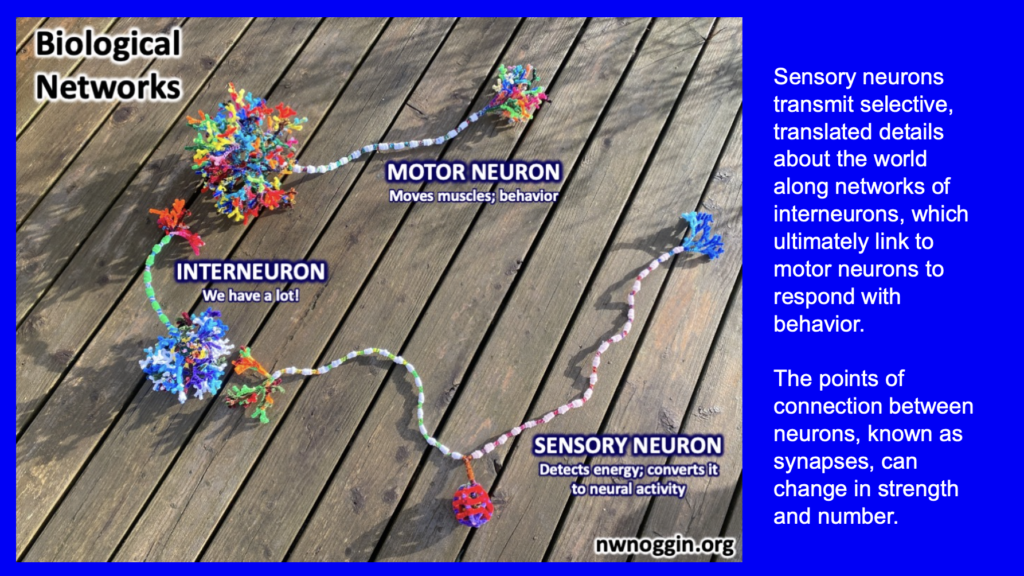
LEARN MORE: Brain Plasticity and Behaviour in the Developing Brain
LEARN MORE: Mechanisms of learning and plasticity in childhood and adolescence
LEARN MORE: Brain Development and the Role of Experience in the Early Years
LEARN MORE: Changes in plasticity across the lifespan
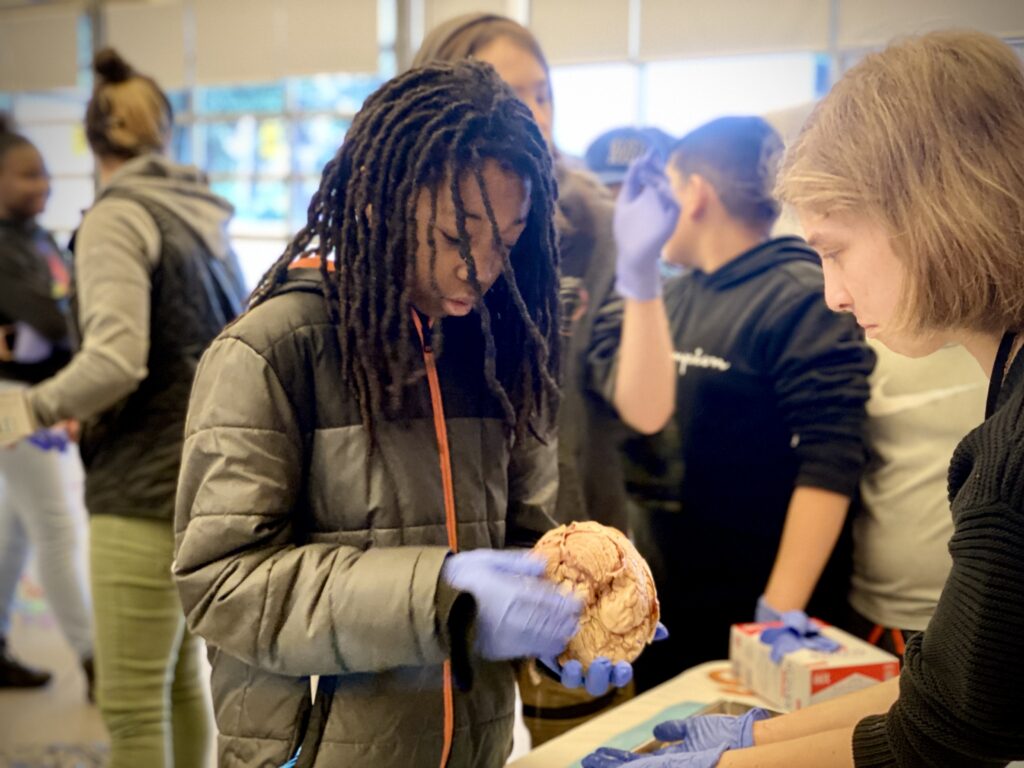
“That was so awesome! Thank you so much, our kids learned a ton and they really enjoyed meeting professional scientists!”
— Elizabeth Archodominion, Sixth Grade Science & Social Studies, Ron Russell Middle School
Noggin @ Leodis V. McDaniel High School
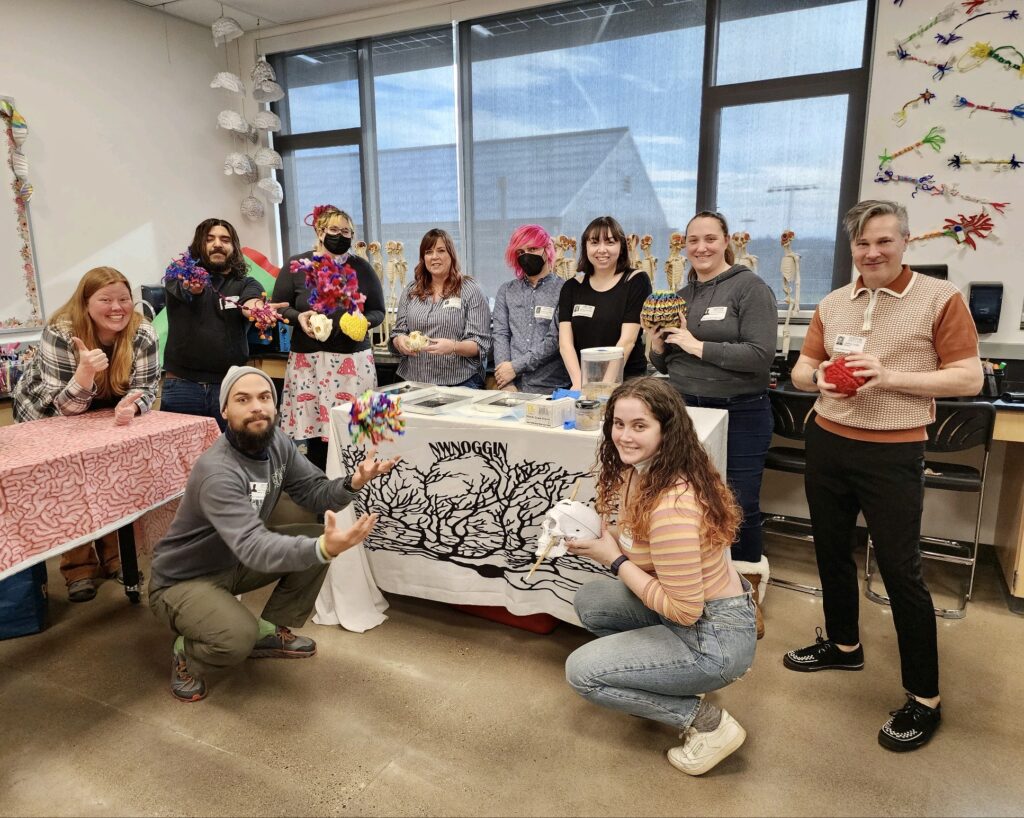
I also met with high school students in Portland Public Schools, spending a day at Leodis V. McDaniel High. The students there were exploring the fascinating topic of the microbiome, that vast assemblage of organisms that live in and on us and collaborate with us in our shared survival.
One of my fellow outreach participants, Kristin Preston, wrote (and drew!) about this experience:

LEARN MORE: Your Inner Worm Bin
Question: How do I tell my parents I don’t want to be what they want me to be?

This question was asked by several students.
I explained that my own path to neuroscience only started a few years ago! And that is after I’d spent many years working as a veterinary professional, and also a manager, a licensed massage therapist and business owner, and a waitress.

My point? You can accomplish many things in your life and may change your interests as you grow and develop and adapt all your neural connections to keep becoming your own individual self.
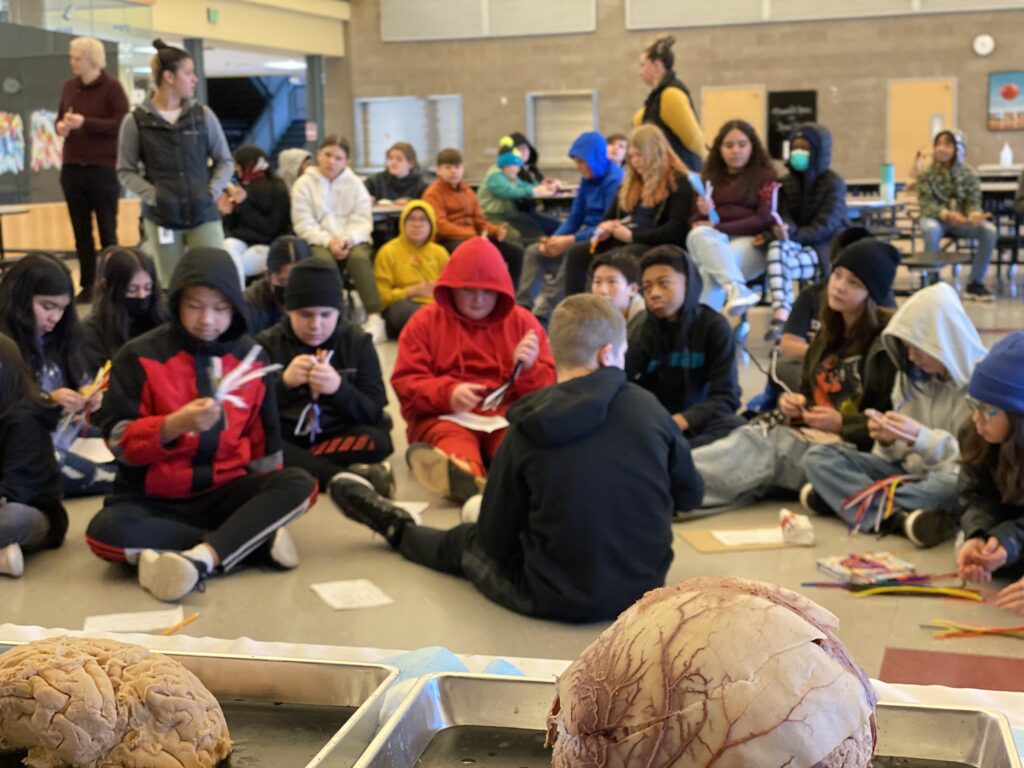
Family pressures can sometimes make us feel like we can’t choose who we want to be, but you will find that all education and life experiences are beneficial and can (and likely will) lead you to places you never imagined. So, take the opportunity to talk with your parents about what you want for your life.
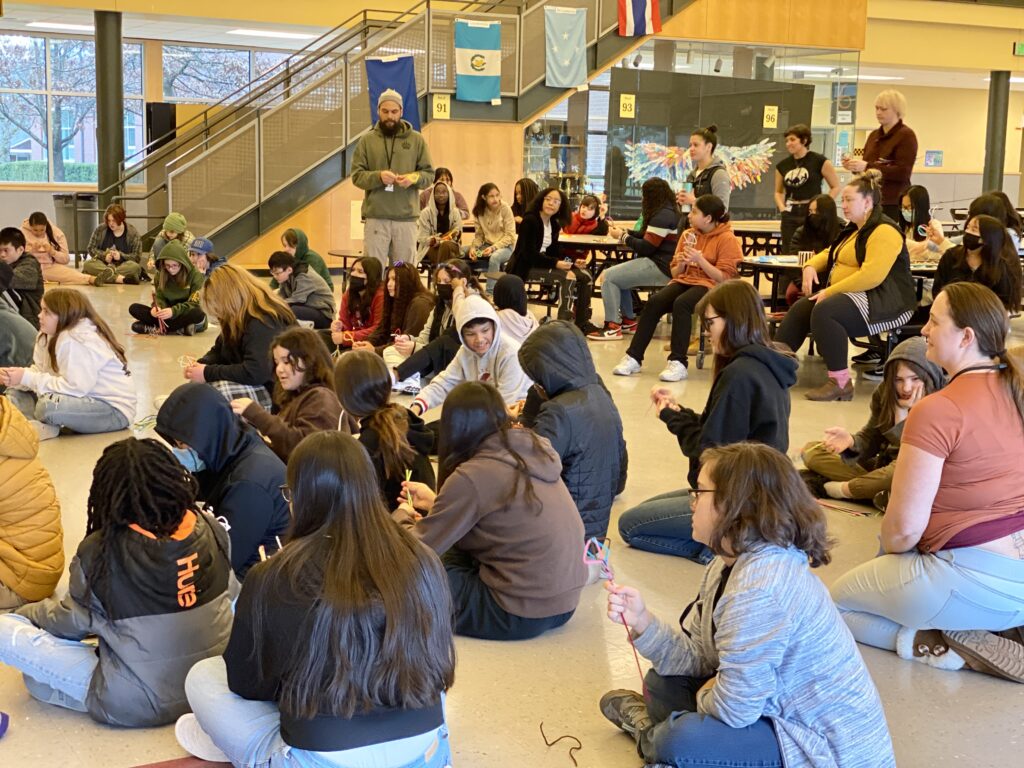
My best personal advice is to choose something that makes you continue to learn and grow. Something that moves and motivates you. Try new things, and look for a career path that you are passionate about, that makes your heart and mind full.
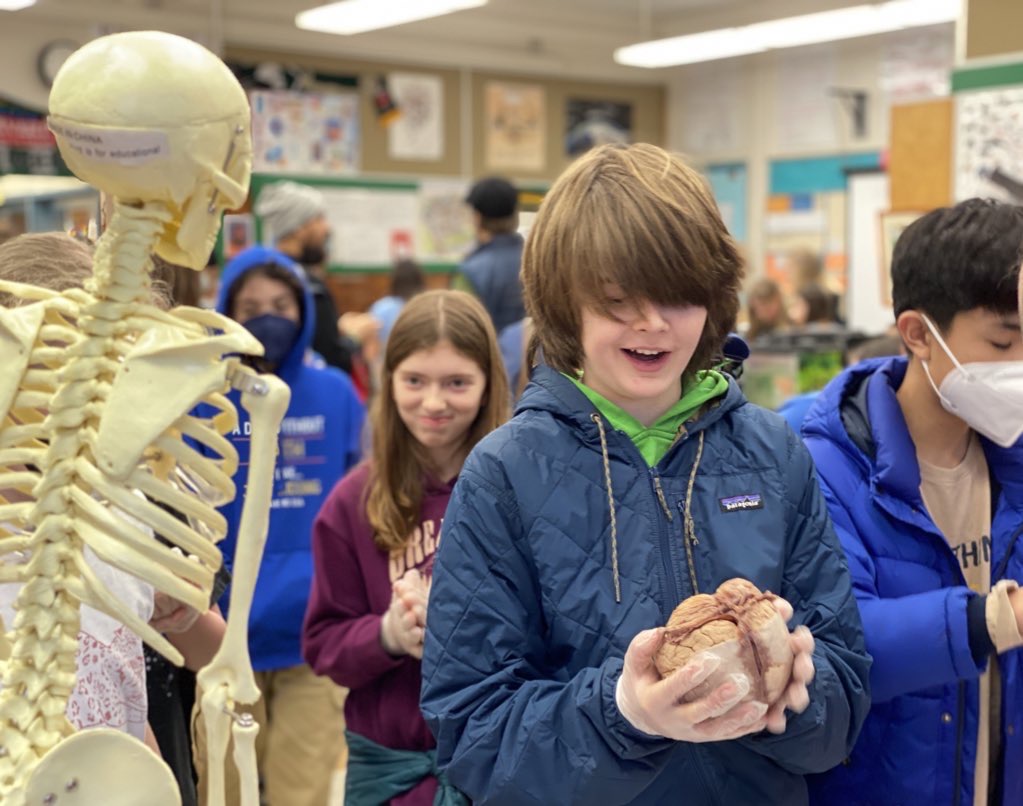
So why neuroscience for me?
Since breaking my arm, I have experienced a lot of pain that unfortunately has not gone away. Being a massage therapist, I have worked with many people that also struggle with chronic pain. So, I wanted to learn why pain exists in the first place, and if there are ways to manage it without drugs – and even whether it’s possible to stop chronic pain altogether!
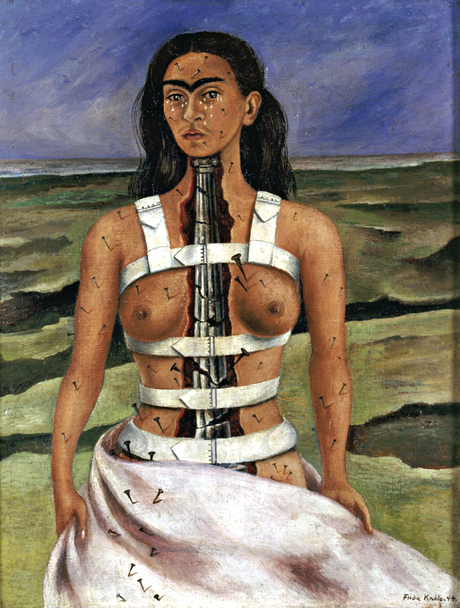
“I want to be better than my pain, but I cannot will my way through it. I have willed my way through so much pain in my life, and now I have come up against pain that is bigger than my will.”
— Sonya Huber
Injury generally leads to pain, which is an important perceptual experience that helps us attend to, take care and protect the injured area, and allows us to fully heal. I knew from previous schooling that pain pathways are in the brain. So, neuroscience became my focus.

LEARN MORE: A Tale (Tail?) of Two Neurons
LEARN MORE: Nociceptors: the sensors of the pain pathway
LEARN MORE: Chronic Pain: What You Need To Know
LEARN MORE: I Feel Your Pain @ Velo!
Working with Northwest Noggin has increased my interest in becoming an educator. Learning from kids in public schools has been so rewarding, and their curiosity and questions are a big reason why!
